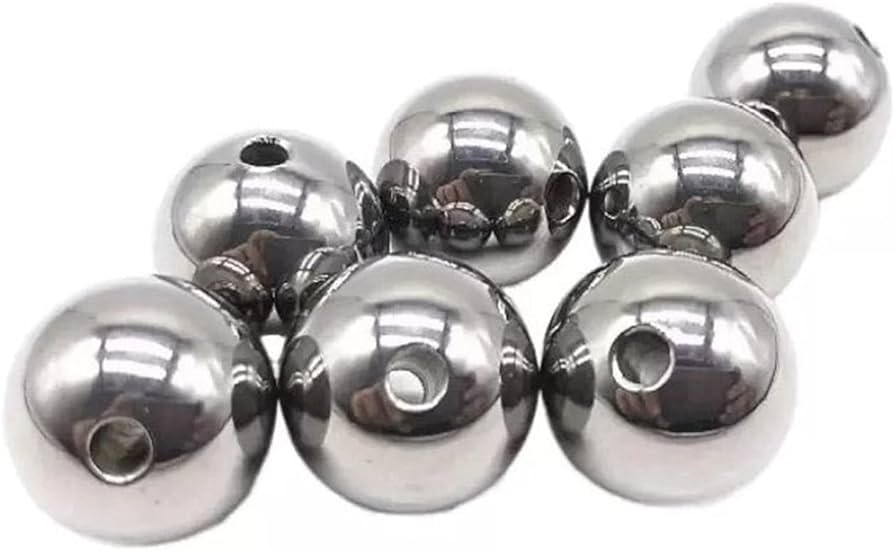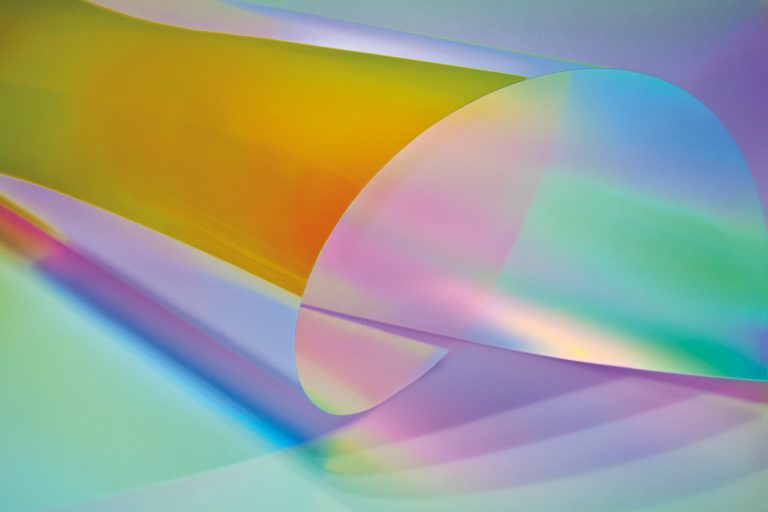Enhancing Performance: How Drilled Balls Improve Automotive Manufacturing
In the fast-paced world of automotive manufacturing, precision and efficiency are paramount. Every component and process is crucial in ensuring the final product meets stringent quality standards while maintaining optimal performance. One such innovative technique that has revolutionized the industry is the use of drilled balls.
These tiny yet powerful components have proven instrumental in enhancing various aspects of automotive manufacturing, from improving assembly line efficiency to enhancing vehicle performance and durability.
Understanding Drilled Balls: What Are They?
Drilled balls are precisely engineered spheres made from high-quality materials such as steel, ceramic, or specialty alloys. These balls are meticulously drilled with microscopic holes that serve specific purposes depending on their application.
The drilling process is conducted precisely using advanced machinery to ensure consistent quality and performance. The drilled holes’ size, material composition, and configuration can be customized to meet the unique requirements of different automotive manufacturing processes.
Applications of Drilled Balls in Automotive Manufacturing
Drilled balls have emerged as crucial components in various facets of automotive manufacturing, leveraging their precision engineering and unique properties to enhance performance, efficiency, and reliability across different applications. This section explores some of the key areas where drilled balls play a significant role:
1. Reducing Friction and Wear
In automotive applications, reducing friction and wear is crucial for improving efficiency and extending the lifespan of components. Drilled balls are employed in various friction-reducing mechanisms such as bearings and joints.
The strategically placed holes on the surface of these balls help in retaining lubricants effectively, thereby minimizing frictional losses and preventing premature wear and tear of moving parts. This translates to smoother operation and enhanced durability of automotive components.
2. Enhancing Fluid Dynamics
Fluid dynamics play a vital role in automotive systems, particularly in areas such as fuel delivery, braking, and cooling. Drilled balls are utilized in valves and hydraulic systems to optimize fluid flow and pressure regulation.
The precise alignment and configuration of the drilled holes facilitate smoother fluid movement, ensuring efficient performance and responsiveness in critical automotive operations. This enhanced fluid dynamics not only improves overall system efficiency but also contributes to better fuel economy and operational reliability.
3. Precision Alignment in Assembly
Achieving precision alignment during assembly is essential for the structural integrity and functional performance of automotive components. Drilled balls are integrated into assembly fixtures and alignment tools to ensure accurate positioning and assembly of parts.
The uniformity and consistency of these balls allow for reliable clamping and alignment, facilitating faster assembly processes without compromising on quality. This results in reduced production times and enhanced throughput in automotive manufacturing facilities.
4. Noise and Vibration Reduction
Noise and vibration are significant challenges in automotive design and manufacturing. Drilled balls are utilized in vibration-damping systems and noise reduction mechanisms to mitigate unwanted vibrations and noise levels.
The unique design of these balls with drilled holes helps in dissipating energy and absorbing shocks effectively, thereby improving overall comfort and reducing noise pollution inside vehicles. This innovation contributes to enhancing the driving experience and meeting stringent noise regulations in modern automotive design.
The Manufacturing Process Behind Drilled Balls
The manufacturing process of drilled balls involves precise engineering and meticulous attention to detail to ensure the balls meet stringent quality and performance standards. This section provides an in-depth look into the various stages and techniques involved in manufacturing drilled balls for automotive applications:
1. Material Selection and Preparation
The manufacturing of drilled balls begins with the careful selection of raw materials based on the specific requirements of the application.
High-grade materials such as stainless steel, ceramics, and specialized alloys are chosen for their durability, corrosion resistance, and mechanical properties. These materials undergo rigorous testing and quality checks to ensure consistency and reliability in the final product.
2. Precision Drilling Techniques
The drilling process itself is a critical step that demands precision and expertise. Advanced CNC (Computer Numerical Control) machinery is employed to drill microscopically precise holes into the spherical surface of the balls.
The diameter, depth, and configuration of these holes are meticulously controlled to meet exact specifications. Specialized cooling and lubrication techniques are utilized during drilling to maintain integrity and enhance surface finish without compromising dimensional accuracy.
3. Quality Assurance and Testing
Quality assurance is paramount throughout the manufacturing process of drilled balls. Each batch of drilled balls undergoes comprehensive inspection and testing procedures to verify dimensional accuracy, surface finish, and performance characteristics.
Advanced metrology tools such as coordinate measuring machines (CMMs) and optical inspection systems are utilized to ensure compliance with stringent quality standards. This rigorous testing regime guarantees that only balls meeting precise specifications are used in automotive manufacturing, thereby upholding product reliability and performance.
Advantages of Using Drilled Balls in Automotive Manufacturing
Drilled balls offer several key advantages when integrated into automotive manufacturing processes. These advantages contribute to improving efficiency, enhancing performance, and increasing reliability across various automotive components. Here are the significant benefits:
1. Improved Efficiency and Performance
The integration of drilled balls in automotive components enhances operational efficiency and performance across various systems. By reducing friction, optimizing fluid dynamics, and improving alignment, these balls contribute to smoother operation, increased fuel efficiency, and enhanced vehicle durability.
2. Cost-Effectiveness and Longevity
Despite their small size, drilled balls offer significant cost-effectiveness and longevity benefits in automotive manufacturing. Their ability to minimize wear and tear on components extends service intervals and reduces maintenance costs, making them a cost-effective investment for automotive OEMs and suppliers.
3. Environmental Sustainability
The efficiency improvements achieved through the use of drilled balls contribute to environmental sustainability in automotive manufacturing.
Reduced fuel consumption and emissions, coupled with extended component lifespans, support industry efforts towards greener automotive technologies and compliance with environmental regulations.
Future Trends and Innovations
As automotive technology continues to evolve, so too does the role of drilled balls in enhancing manufacturing processes and vehicle performance. This section explores the anticipated future trends and innovations in the application of drilled balls within the automotive industry:
1. Integration with Smart Manufacturing Technologies
The future of automotive manufacturing lies in smart technologies such as IoT (Internet of Things) and AI (Artificial Intelligence). Drilled balls are expected to integrate seamlessly with these advancements, enabling real-time monitoring of component performance and predictive maintenance capabilities.
This integration will further optimize manufacturing processes and enhance overall product quality in the automotive industry.
2. Advancements in Materials and Coatings
Continual advancements in materials science and surface coatings are anticipated to enhance the performance and durability of drilled balls in automotive applications.
Innovations in nanotechnology and composite materials will enable the development of lighter, stronger, and more corrosion-resistant balls, further improving efficiency and reducing environmental impact.
Conclusion
Drilled balls represent a remarkable innovation in automotive manufacturing, offering multifaceted benefits ranging from enhanced performance and efficiency to improved durability and environmental sustainability. Their versatility and precision make them indispensable in critical automotive applications such as bearings, valves, and assembly fixtures.
As the automotive industry continues to evolve, the integration of drilled balls with emerging technologies promises to drive further advancements in efficiency, reliability, and sustainability. By leveraging the capabilities of drilled balls, automotive manufacturers can meet the demands of modern consumers for high-performance vehicles while adhering to stringent quality and environmental standards.






